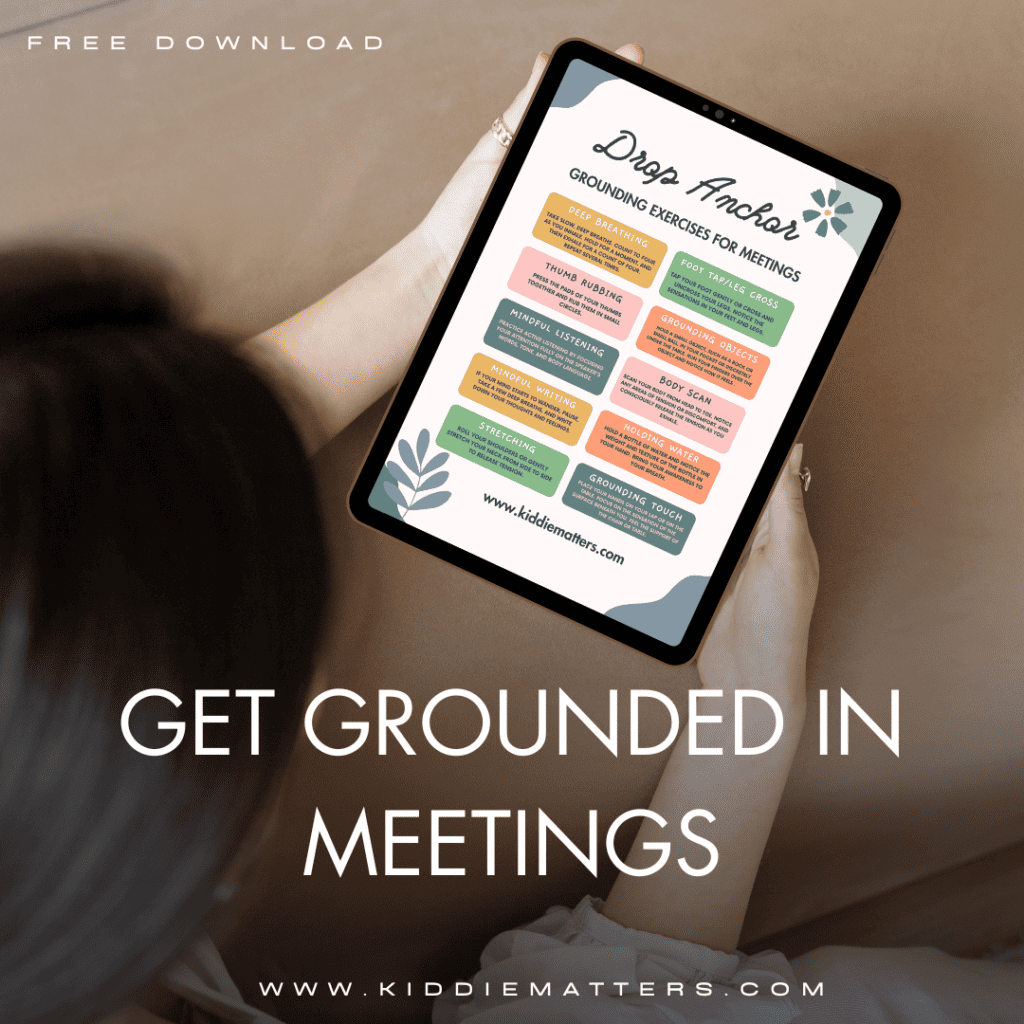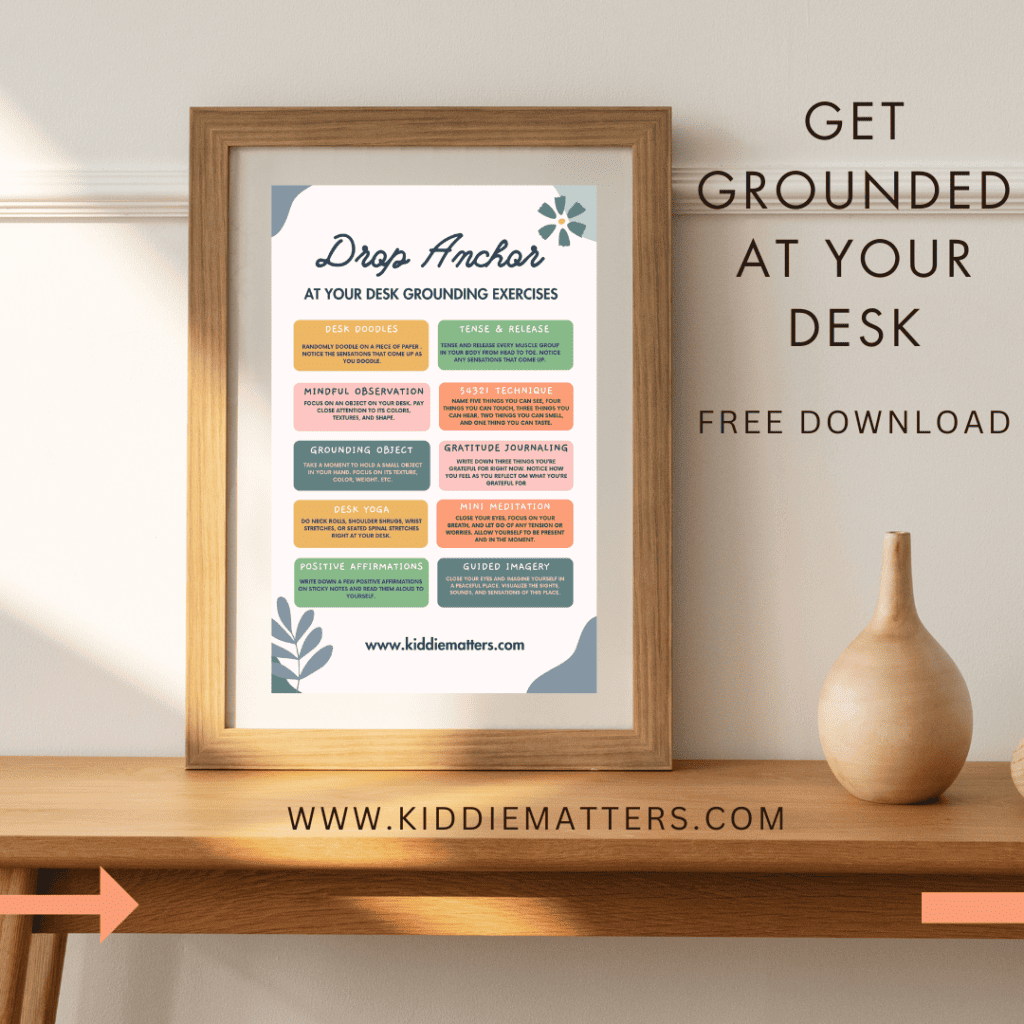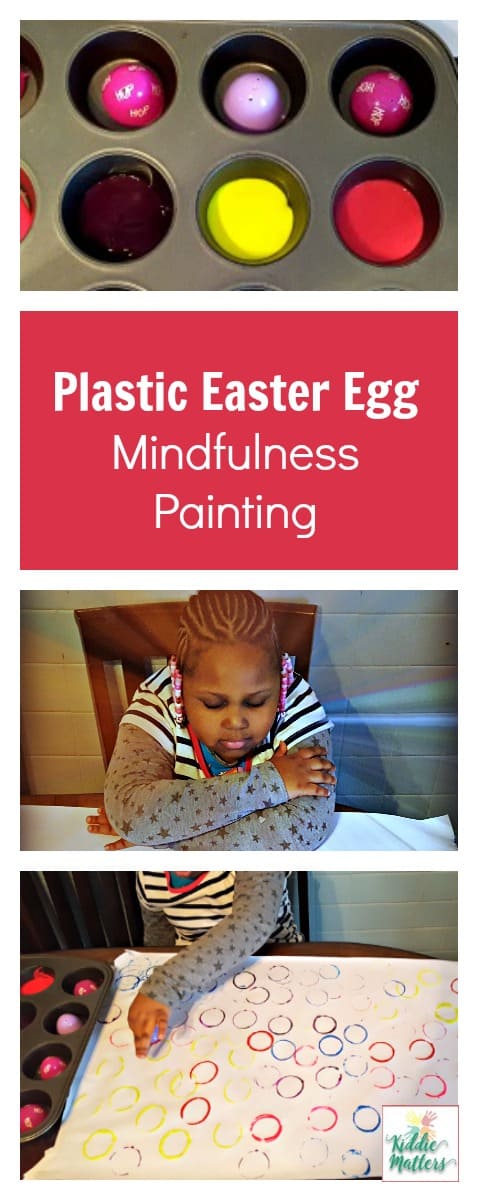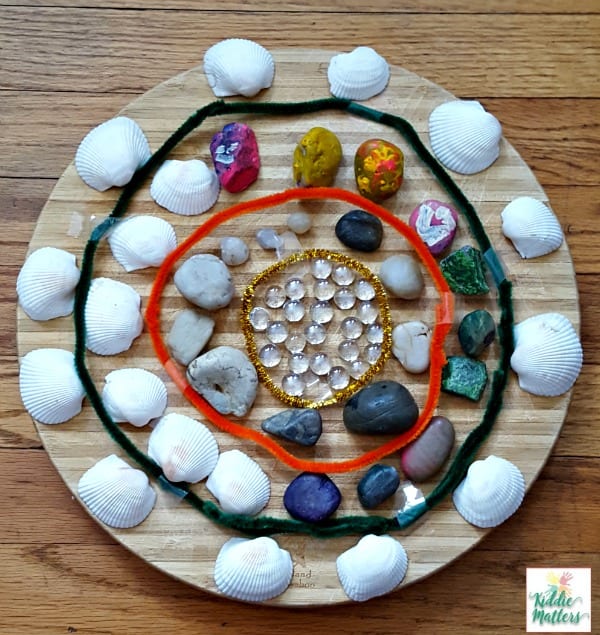30 Most Powerful Grounding Exercises For Stressed Out Social Workers
As a parent to a lively 5-year-old and a 6-month-old bundle of joy, my days were a whirlwind of diapers, tantrums, and giggles. Add to that the stress of moving into a new house, planning a wedding, and shouldering the responsibilities of my demanding social work job, and it felt like I was constantly teetering on the edge of overwhelm.
There was one particular afternoon when the chaos reached its peak. The baby was crying, my older child was tugging at my sleeve with endless questions, and I had a mountain of boxes waiting to be unpacked. My phone buzzed incessantly with emails and reminders from work, and the looming wedding checklist seemed to grow longer by the minute.
In that moment, I felt like I was drowning in a sea of obligations with no lifeline in sight. The weight of responsibility pressed down on me, and I struggled to keep my head above water. All I wanted to do was crawl under the covers and get lost in an episode of Real Housewives.
Bonus: As a bonus for joining my weekly newsletter, get a free cheat sheet Click here to subscribe of the 30 most powerful grounding exercises for stress relief.

But I Learned The Hard Way
Escaping into avoidance wasn’t an option. While ab voiding how you feel might provide temporary relief, but neglecting or suppressing stress only leads to a buildup of tension, both mentally and physically. This buildup can manifest as anxiety or physical ailments. Furthermore, unresolved stressors tend to escalate over time, exacerbating issues in the long term. I didn’t want to go down that road. Thankfully, I had recently attended a meditation workshop where grounding exercises were shared to help you anchor yourself when overwhelmed by strong emotions.
Studies indicate that grounding exercises can effectively regulate emotion, reduce physiological arousal, and cultivate a sense of calmness by redirecting attention to the present moment and away from negative thoughts or concerns. Grounding exercises also empower individuals with tools for self-soothing, which allows them to cope with stressors and navigate challenging situations with greater resilience.

What are Grounding Exercises?
Grounding exercises are mindfulness techniques designed to anchor you in the present moment and reconnect you with your physical surroundings. These exercises focus on engaging the senses to shift your attention away from anxious thoughts or overwhelming emotions. By redirecting your focus to the here and now, grounding exercises can help alleviate stress, reduce anxiety, and promote a sense of calmness and stability.
How do Grounding Exercises Work?
When we experience stress, our minds often become consumed by worries about the future or regrets about the past. This mental preoccupation can exacerbate feelings of anxiety and make it challenging to concentrate or make sound decisions. Grounding exercises interrupt this cycle by redirecting our attention to immediate sensory experiences, such as sight, sound, touch, taste, and smell. By tuning into these sensations, we bring ourselves back to the present moment, allowing us to let go of worries and regain a sense of control.
Why Grounding Exercises Work
Grounding exercises are effective because they engage the brain’s prefrontal cortex, which is responsible for executive functions like decision-making and emotional regulation. This engagement helps to override the stress response triggered by the amygdala, promoting a sense of calm. Moreover, regular practice of grounding techniques cultivates emotional resilience by empowering you to navigate stressors with mindfulness, enhancing your ability to face challenges with composure. Another key factor contributing to the efficacy of grounding exercises is their accessibility; they can be practiced anytime, anywhere, providing a discreet and efficient way to find inner calm amidst the chaos of daily life.
But Here’s The Problem
Many people, myself included, find it difficult to remember and implement grounding exercises when facing stress. Instead, we may turn to unhealthy coping mechanisms such as binge watching Netflix, overeating, or doom scrolling social media. These behaviors provide temporary relief, but they don’t allow you to process the different stressors in your life. As a result, you find yourself caught in a cycle of temporary relief followed by increased tension and anxiety. It’s crucial to recognize that these quick fixes only serve to perpetuate your stress rather than alleviate it in the long term.

How To Effectively Cope With Stress
Instead of resorting to temporary fixes, you can create a toolkit of grounding exercises to effectively regulate your nervous system. The key is to practice these skills when you’re NOT upset. Practicing grounding exercises when you’re not upset is important because it helps you stay mentally strong and balanced. Just like how regular exercise keeps your body healthy, doing grounding exercises regularly trains your mind to stay calm and focused, even when things get tough. By making grounding exercises a part of your daily routine, you build up your ability to handle stress better and prevent it from overwhelming you in the future. Plus, these exercises help you feel more connected to yourself and the present.

Grounding Exercises You Can Do At Your Desk
incorporating simple grounding exercises into their daily desk routine can be a lifeline of support in times of overwhelm. Below are ten grounding exercises specifically tailored for social workers to practice at their desks. Experiment with a few and see if any of them resonates with you,
- Desk Doodles: Using a blank piece of paper and colored pens or pencils, allow your creativity to flow freely without any specific plan or direction. While you doodle, focus on the sensations of drawing, such as the movement of your hand and the colors emerging on the page. When you engage your senses fully into the creative process, you bring attention to the present moment and let go of distractions and worries.
- Progressive Muscle Relaxation: Start by tensing and then relaxing each muscle group in your body, starting from your toes and working your way up to your head. Hold each tension for a few seconds before releasing.
- Mindful Observation: Take a moment to focus on an object on your desk. Pay close attention to its colors, textures, and shape. Engage your senses fully in the observation, allowing yourself to be fully present in the moment.
- Grounding Object: Keep a small object on your desk, such as a stress ball or a smooth stone. Whenever you feel stressed, take a moment to hold the object in your hand, focusing on its texture and weight.
- Desk Yoga: Incorporate simple yoga stretches into your routine. You can do neck rolls, shoulder shrugs, wrist stretches, and seated spinal twists right at your desk to release tension and improve circulation.
- Positive Affirmations: Write down a few positive affirmations on sticky notes and place them where you can easily see them. Take a moment to read them aloud to yourself, reminding yourself of your strengths and capabilities.
- Guided Imagery: Close your eyes and imagine yourself in a peaceful and relaxing environment, such as a beach or a forest. Visualize the sights, sounds, and sensations of this place, allowing yourself to feel calm and grounded.
- 5-4-3-2-1 Technique: Look around your environment and identify five things you can see, four things you can touch, three things you can hear, two things you can smell, and one thing you can taste. This exercise helps bring your focus to the present moment.
- Gratitude Journaling: Keep a gratitude journal on your desk and take a few moments each day to write down things you are grateful for. Reflecting on the positive aspects of your life can help shift your perspective and reduce stress.
- Mini Meditation: Set a timer for a brief meditation session, even if it’s just for a few minutes. Close your eyes, focus on your breath, and let go of any tension or worries. Allow yourself to be present and centered in the moment.

Grounding Exercises You Can Use During Meetings
One of the great features of grounding exercises is that they can be done discretely, which means that you can do them in a variety of settings. If you typically get nervous during meetings, maybe you worry you’ll say the wrong thing or perhaps sound incompetent, then it might help to add some of the grounding exercises mentioned below to your toolkit:
- Deep Breathing: Take slow, deep breaths, focusing on inhaling and exhaling fully. Count to four as you inhale, hold for a moment, and then exhale for a count of four. Repeat several times to calm your nervous system and regain focus.
- Foot Tap or Leg Cross: Engage in subtle movements such as tapping your foot gently or crossing and uncrossing your legs. Notice the sensations in your feet and legs. This can help redirect nervous energy and provide a sense of grounding during intense or lengthy discussions.
- Thumb Rubbing: Press the pads of your thumbs together and rub them in small circles. This simple technique can help center your attention and provide sensory stimulation to bring you back to the present moment.
- Grounding Objects: Keep a small grounding object in your pocket or discreetly under the table, such as a smooth stone or a textured keychain. Holding onto it and feeling its texture can provide a sense of comfort and stability during challenging conversations.
- Mindful Listening: Practice active listening by focusing your attention fully on the speaker’s words, tone, and body language. Avoid multitasking or mentally preparing your response, and instead, immerse yourself in the present moment.
- Body Scan: Take a moment to do a quick body scan, starting from your head and moving down to your toes. Notice any areas of tension or discomfort, and consciously release the tension as you exhale, allowing yourself to relax and reset.
- Mindful Writing: If you find your mind wandering or becoming overwhelmed by emotions during a meeting, take a moment to ground yourself with mindful writing. Pause, take a few deep breaths, and write down your thoughts and feelings. This simple act can help you acknowledge and process your emotions, allowing you to return to the meeting with renewed focus and clarity.
- Holding Water: During meetings, holding a bottle of water can offer a practical and discreet way to ground yourself. Begin by sitting comfortably in your chair, ensuring your feet are flat on the floor and your posture is relaxed yet upright. Take a moment to notice the weight and texture of the bottle in your hand. Feel its solid presence and the coolness of the water inside. As you hold the bottle, bring your awareness to your breath, taking slow and deliberate inhalations through your nose and gentle exhalations through your mouth. With each breath, allow yourself to release any tension or distractions. Focus solely on the sensation of the bottle in your hand and the rhythm of your breath. Take occasional sips of water, allowing yourself to be fully present with each swallow, noticing the taste and temperature of the water as it passes through your mouth and throat. If your mind begins to wander or you feel overwhelmed by the meeting, simply return your focus to the bottle in your hand and the sensation of your breath.
- Stretching: Incorporate subtle stretching movements into your posture, such as rolling your shoulders or gently stretching your neck from side to side. These movements can help release tension and prevent stiffness during prolonged periods of sitting.
- Grounding Touch: Place your hands on your lap or on the table and focus on the sensation of contact with the surface beneath you. Feel the support of the chair or table grounding you, providing stability and reassurance in the midst of a busy meeting.

Grounding Exercises You Can Use In A Parked Car
As social workers, we are tasked with navigating complex and emotionally charged situations, often on the go and with little time for reflection. Yet, it is precisely during these busy moments that we must prioritize our well-being and find ways to ground ourselves amidst the chaos. Whether rushing between client visits or waiting for the next appointment, the confined space of a parked car offers a unique opportunity for reflection, restoration, and self-care. Below are ten grounding exercises to help you get centered before you leave your car.
- Recite Multiplication Tables: Recite multiplication tables in your head, starting from one and going as far as you can. This repetitive activity engages your brain and helps create a sense of stability and predictability.
- Repeat Mantra: Choose a grounding mantra or affirmation to repeat silently to yourself while sitting in your parked car. This could be a short phrase that resonates with you, such as “I am calm and centered” or “This too shall pass.” Close your eyes and silently repeat your chosen mantra with each inhale and exhale, allowing the words to anchor you in the present moment and calm your mind.
- Steering Wheel Connection: Sit comfortably in your parked car and place your hands on the steering wheel. Close your eyes and focus on the sensation of the wheel beneath your fingertips. Take slow, deep breaths as you feel the connection between your hands and the steering wheel, grounding yourself in the present moment.
- Visualize Your Safe Place: Imagine a place where you feel completely safe and at peace. It could be a cozy room, a serene beach, or a tranquil forest. Close your eyes and visualize this place in vivid detail, focusing on the sights, sounds, and sensations. Allow yourself to immerse fully in this mental sanctuary, finding solace and grounding amidst the confines of your parked car.
- Sensory Scan: Engage your senses by conducting a sensory scan of your surroundings within the car. Notice the texture of the seat beneath you, the warmth or coolness of the air, and any sounds or smells present. Take deliberate breaths as you explore each sensory experience, grounding yourself in the physical sensations of the moment.
- Mirror, Mirror, Affirmations Exercise: Utilize the car’s rearview mirror as a tool for self-reflection and affirmation. Look at yourself in the mirror and speak positive affirmations aloud, such as “I am calm and centered,” “I trust in my ability to handle challenges,” or “I am safe and supported.” Repeat these affirmations with conviction, using the mirror as a reflection of your inner strength and resilience.
- Music Meditation: Take advantage of your car’s audio system to engage in a music meditation. Choose a calming or uplifting song and allow yourself to fully immerse in the music. Close your eyes, focus on the rhythm and melody, and let the music wash over you, grounding you in the present moment and soothing your mind and body.
- Gratitude Reflection: Close your eyes and think about three things you’re thankful for in your life. These could be small things, like a warm cup of coffee in the morning or a kind gesture from a friend. Focus on the feeling of gratitude and appreciation for these blessings, allowing them to ground you in the present moment and shift your perspective to a more positive mindset.
- Thought Labeling: Practice thought labeling to observe and detach from intrusive or distressing thoughts. When you notice your mind becoming preoccupied with worries or negative thoughts, mentally label the thought as either “past,” “present,” or “future.” For example, if you find yourself dwelling on a past mistake, label the thought as “past.” If you’re worrying about something that may happen in the future, label the thought as “future.” And if the thought pertains to your current circumstances or immediate surroundings, label it as “present.” By categorizing your thoughts in this way, you create distance between yourself and the thought, allowing you to observe it more objectively and reduce its emotional impact.
- Seatbelt Connection: Use the sensation of your seatbelt as a grounding anchor. As you fasten your seatbelt, pay attention to the feeling of the strap across your chest and lap. Notice the pressure and texture of the seatbelt against your body, as well as the reassuring click of the buckle. Take a few deep breaths and allow yourself to fully connect with the sensation of safety and security provided by the seatbelt. Whenever you feel overwhelmed or anxious while driving, return your focus to the sensation of the seatbelt, using it as a physical reminder to stay grounded and present in the moment. This technique can help you feel more secure and centered during periods of stress or uncertainty on the road.
Want More?
For more ideas to help you feel less stressed, check out, 7 Helpful School Social Work Hacks That Will Save Time and Energize You
Before you go, get my free Finding Balance Toolkit: 30 Grounding Exercises For Stress Relief
Your Turn
What are your go to strategies for coping with stress? Share in a comment below!
Hi! I’m Yanique. I’m a Licensed Clinical Social Worker and Self-Care Strategist and I believe even the busiest school social worker can make a difference in children’s emotional well-being, save time, and maintain work life balance. Start here >>






